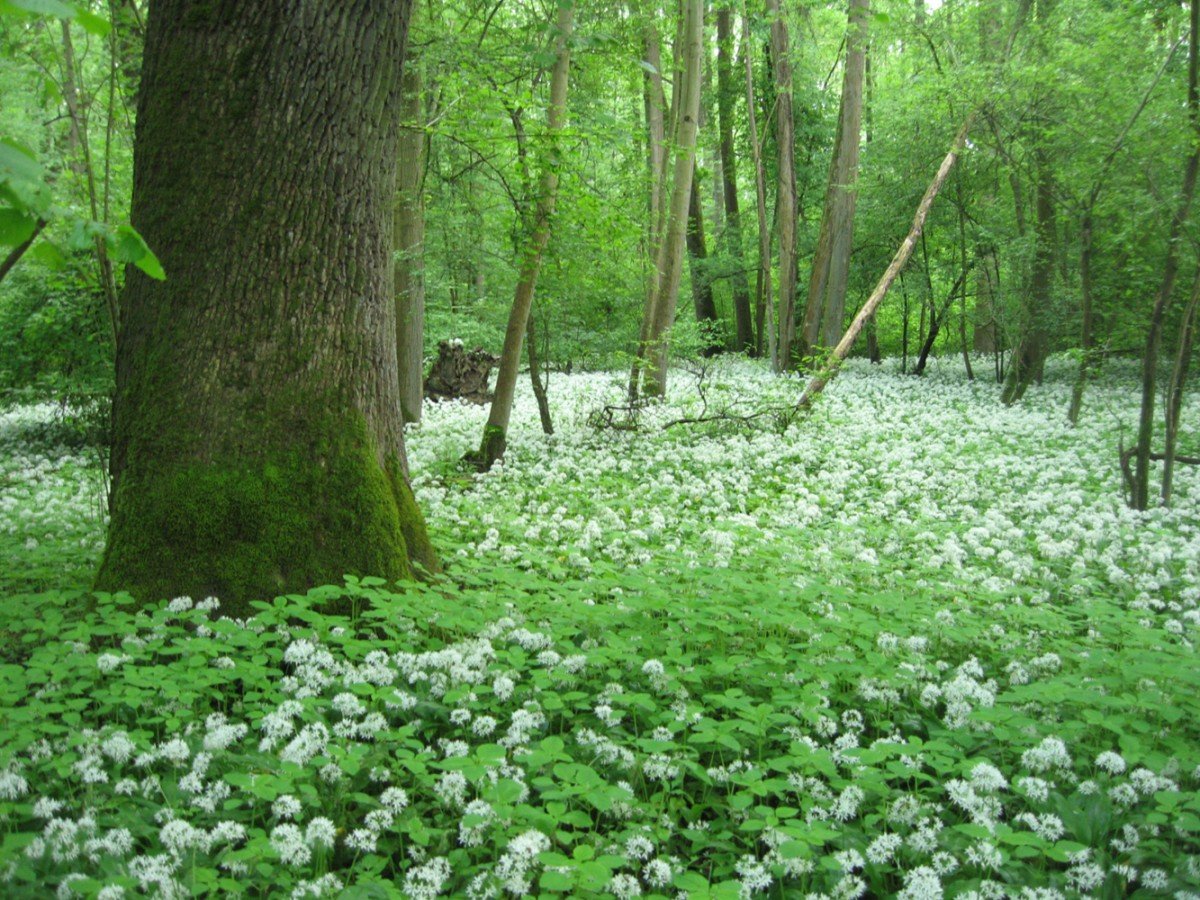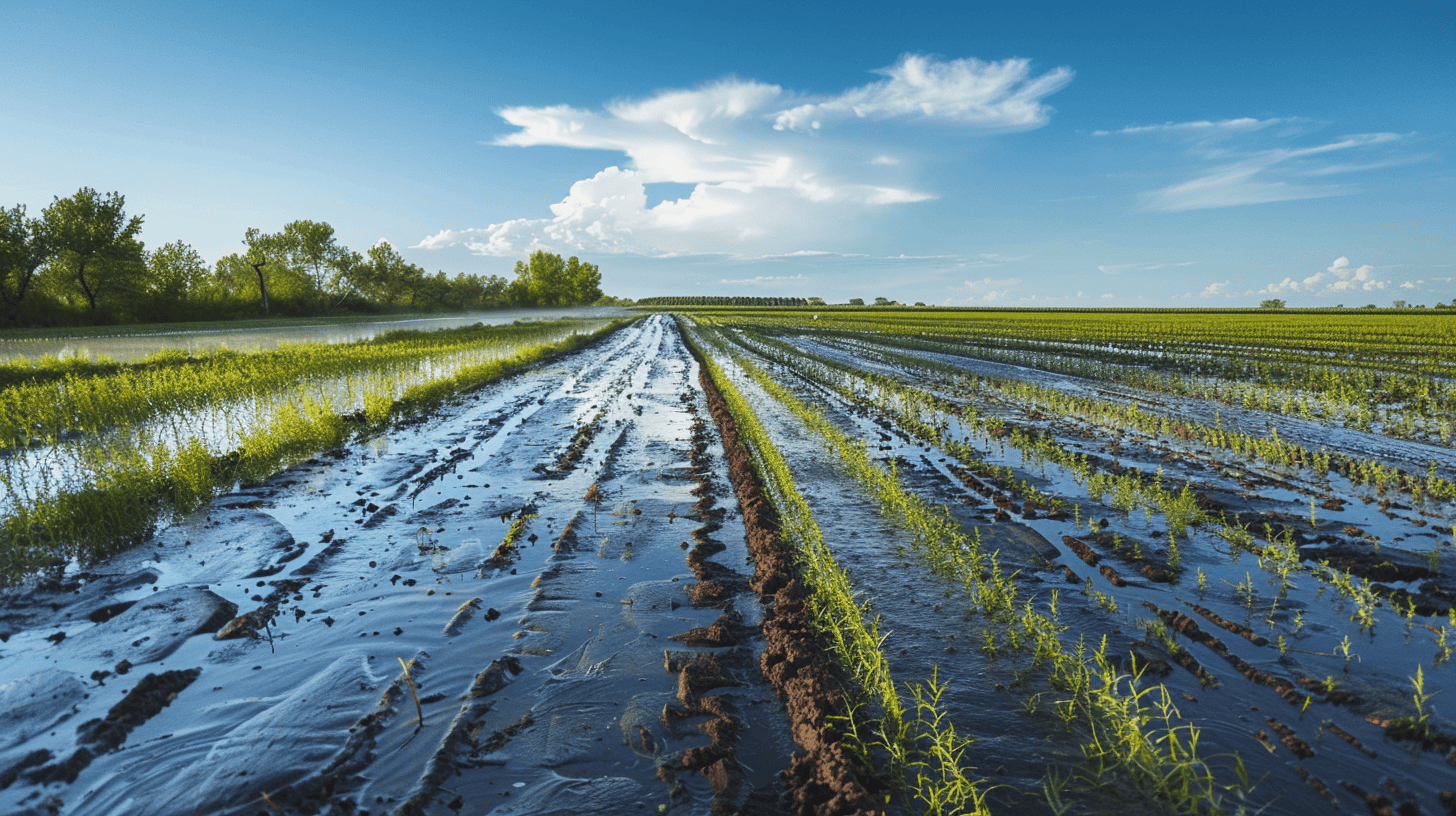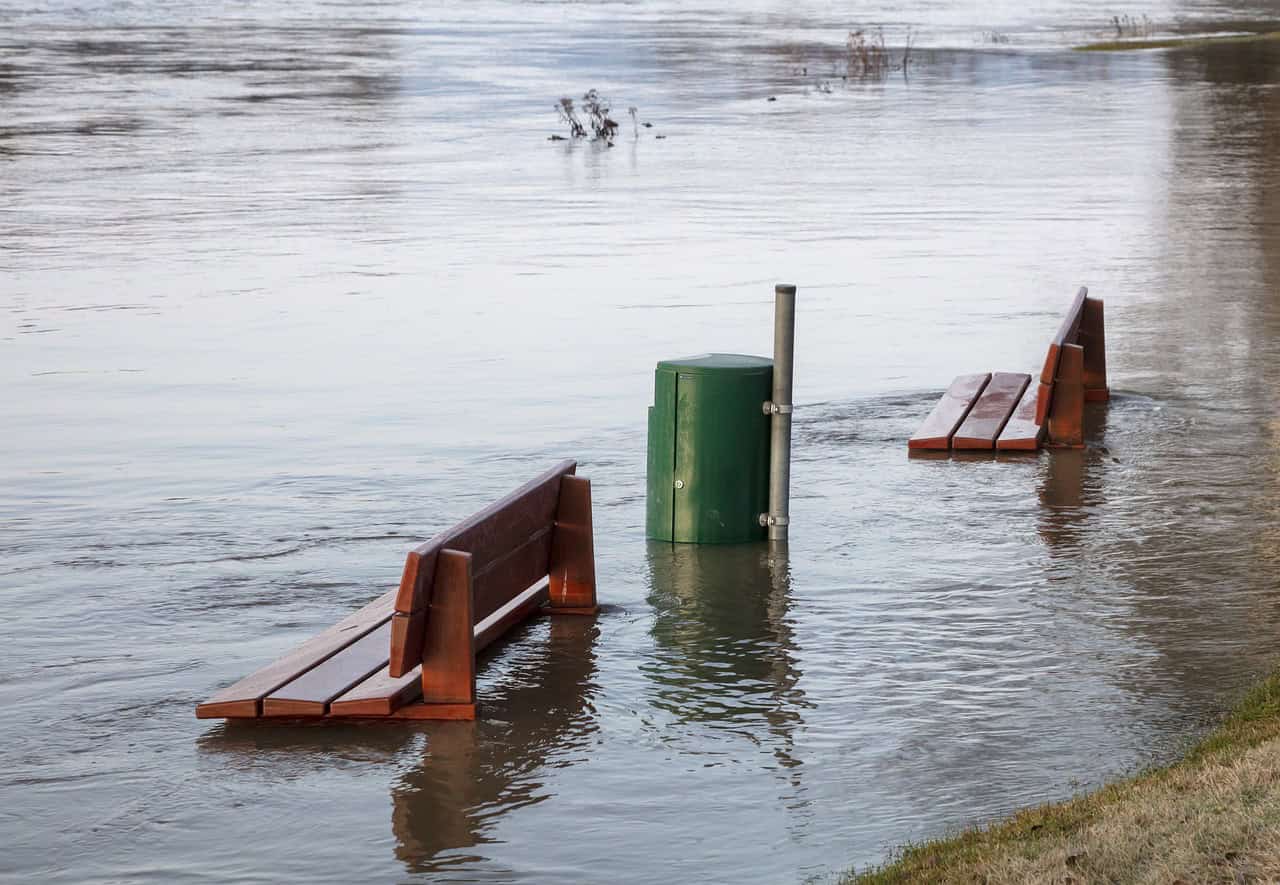
Even if you can’t imagine it with a snowy or rainy winter like this one: In the long term, the European floodplain forests are threatened due to the long periods of drought caused by climate change. But not just that: groundwater abstraction for industry and households have a major impact on the situation. This alarming research result was recently published in the journal Frontiers In Forests And Global Change by a team from the Institute of Forest Sciences at the University of Freiburg. The study even clearly shows that groundwater abstraction intensifies the negative effects of climate change on oak-dominated floodplain forests. They are therefore among the most endangered forests in Europe.
In addition, the floodplain forests have long since lost a large part of their original range due to their conversion to arable land and grassland and settlement areas. River straightening and drainage also changed the natural water balance. Last but not least, introduced vermin and diseases also destroy other natural tree species such as elms and ash. This is despite the fact that our forests play an important role in regulating floods and protecting biodiversity.
ANALYSIS OF ANNUAL RING WIDTHS AND CLIMATE DATA
The starting point of the Freiburg study was the observation that the vitality of old trees in the oak forests of the Rhine Valley had clearly decreased. At the same time, mortality seemed to have increased significantly. The research group led by the forest ecologist Prof. Dr. Jürgen Bauhus then investigated whether these trends could also be identified on the basis of the growth patterns of the trees. They also looked at whether these trends were related to groundwater extractions that are done in many places by industry and households. The pumping out of water can lower the groundwater level to such a degree that even deep-rooted oaks can no longer reach it.
To this end, forest scientists examined the annual rings of young and old trees on sites with and without significant groundwater abstraction. The study area ranged from three oak forests of the Rhine valley from the Freiburg moss forest to the Hessian reed near Lampertheim. The analysis of statistical correlations between annual ring widths and climate data showed that the annual stem growth of oak trees was negatively influenced by summer drought. By the way, at all the sites investigated, groundwater extraction began at least 49 years ago. Accordingly, it turned out that the growth of these oaks was significantly more sensitive to summer drought. In contrast, the sensitivity of the annual ring growth of oaks remained relatively stable in the course of time at locations that were not affected. Georgios Skiadaresis, PhD student and main author of the study, also mentions another difference between sites with and without groundwater extraction: “Oaks in contact with groundwater can recover better during phases with favourable weather conditions, as can be seen from increased annual ring growth. This is much less the case for oaks without a groundwater connection”. In other words, our wet winters support the growth of oaks that are not in the proximity of groundwater withdrawals. However, as these are rather short-term wet weather conditions, they cannot bring the groundwater back to the normal level in combination with the trend towards longer dry periods and simultaneous groundwater extraction.
Another assumption of the researchers that young oaks are less affected by groundwater lowering because their root system may be more adaptable than that of old oaks was not confirmed in the study.
GROUNDWATER ABSTRACTION SHOULD BE REDUCED
In view of their findings, the authors recommend reducing rather than increasing groundwater abstraction from floodplain forests in dry periods. This is the only way to maintain the vitality of trees in this ecosystem in the long term. At the same time, it would be better not to implement adaptation strategies in other sectors, such as watering in agriculture, at the expense of the health of these forests.








